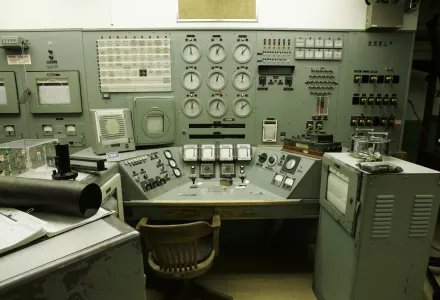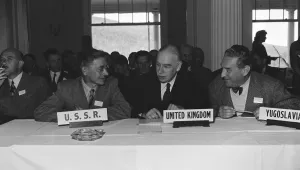International Security is America's leading peer-reviewed journal of security affairs.

Summary
The pursuit of radiological weapons by states has received little scholarly attention. Yet several countries, most prominently the United States and the Soviet Union, developed and tested these weapons before ultimately abandoning their programs. A comparative analysis of these underexplored programs identifies the drivers behind their rise and demise. The findings also illuminate the factors likely to affect the pursuit of radiological weapons by other states in the future.
Samuel Meyer, Sarah Bidgood, and William C. Potter, "Death Dust: The Little-Known Story of U.S. and Soviet Pursuit of Radiological Weapons," International Security, Vol. 45, No. 2 (Fall 2020), pp. 51-94, doi.org/10.1162/isec_a_00391.
The full text of this publication is available in the link below.



